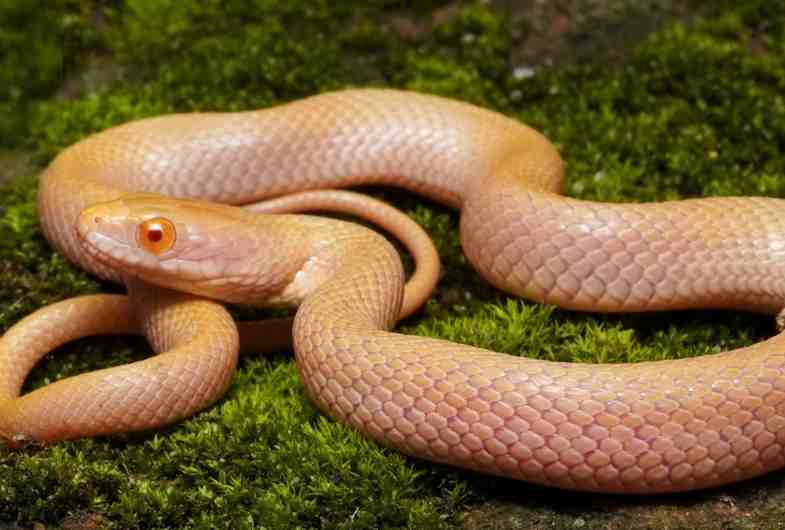
Rare Albino Checkered Keelback Discovery at Assam State Zoo
A rare juvenile albino checkered keelback has been documented at the Assam State Zoo in Guwahati, marking an important addition to the region’s reptile biodiversity records. The discovery sheds new light on genetic anomalies in snakes in the Northeast, where such colour variations are uncommon and scientifically valuable.
First Documented Case from Guwahati
The albino specimen, belonging to the species Fowlea piscator , was identified during a routine survey by herpetologists and forest staff. Measuring about 290 mm , the snake displayed clear signs of complete albinism , a condition caused by the absence of melanin. The finding has been formally reported in the international journal Reptiles and Amphibians , placing Assam among the few sites where albinism in this species has been scientifically recorded.
Understanding the Albinism Trait
Unlike normal checkered keelbacks, which show distinct dark checks along their body, the albino individual had a pale yellow body with characteristic red eyes —a direct result of the lack of pigmentation. Experts differentiated it from leucism , where skin lightens but eyes typically retain natural colour. Such genetic mutations, though rare, provide crucial clues about pigmentation biology and reptilian evolution.
Scientific Handling and Release
After detailed morphological study—focusing on scale count, coloration and pattern—the snake was kept under monitored conditions. Once healthy, it was released into a secure forest habitat to minimise stress. Previous albino keelback records exist from Nepal and parts of India, making this discovery a notable contribution to reptile literature in South Asia.
Exam Facts
-
Species recorded: Fowlea piscator (checkered keelback).
-
Albinism results from absence of melanin , causing pale body and red eyes.
-
Juvenile measured around 290 mm in length.
-
Finding published in ‘Reptiles and Amphibians’ international journal.
Ecological Significance and Survival Risks
Albino snakes face heightened survival challenges in the wild due to poor camouflage, making them more visible to predators. Their altered pigmentation also affects heat absorption, behaviour and prey capture efficiency. The Guwahati discovery not only highlights a rare genetic condition but also underscores the fragile link between morphology and survival in natural ecosystems.
Month: Current Affairs - November 15, 2025
Category: Wildlife Conservation in India